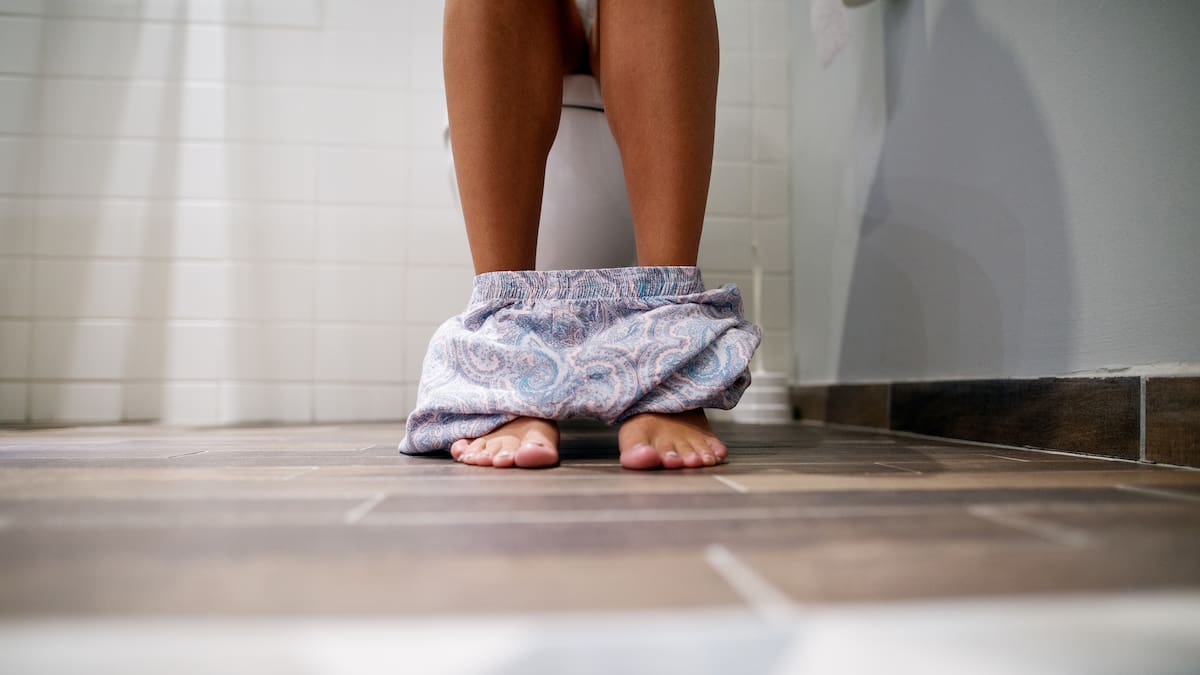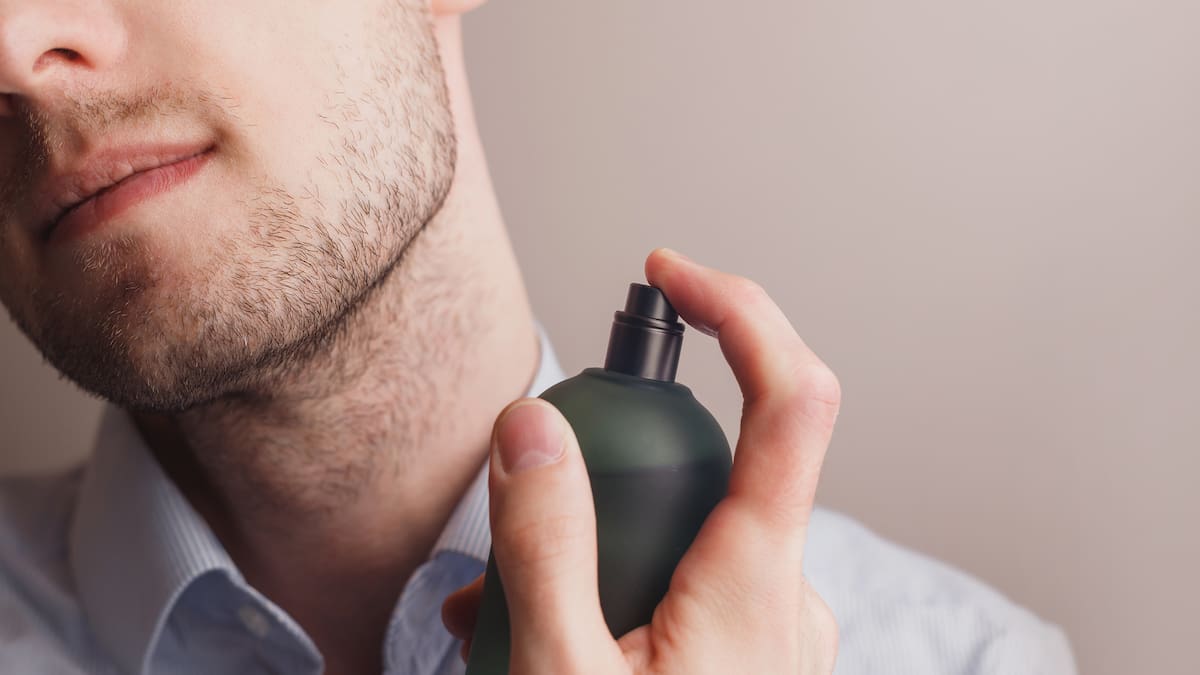Over time, these peeing methods can increase urgency, leakage and accidents, and cause pelvic floor muscles to weaken, resulting in incontinence, sexual problems as well as pelvic organ prolapse. That occurs when one or more of the bladder, urethra, vagina, uterus or rectum drops down out of place.
According to a 2024 study, an estimated 13 million men and women in the United States suffer from urinary incontinence (though data show more women than men are affected). Age makes a difference: About 50% of postmenopausal women in the US over 65 and 34% of older men experience these issues.
Pelvic floor muscles are “built like a hammock to support your uterus, ovaries, bladder and bowels,” Reardon said. “They are anchored to the pubic bone, tailbone and sides, responding to high-pressure activities like running and jumping.”
When someone pees, “the pelvic floor muscles need to relax,” Enemchukwu said.
It’s not something you have to think about, she said; your brain and your body just do it and close things off as part of the normal urination cycle.
Day and night, “the bladder fills with urine and sends a signal to the brain to check, ‘Is this a good time to pee?’” Enemchukwu said. “If it is, you relax your pelvic floor [and] your bladder squeezes urine out. When the bladder feels that it has finished emptying, it will stop squeezing. Your internal sphincter – an involuntary muscle – will close, and your external sphincter – a voluntary muscle – will also close subconsciously back to its normal baseline state.”
But if you push forcefully to pee or stop too soon instead of letting the urine come out, it can cause muscle tension and confuse the signals among the bladder, the pelvic floor and the brain. “When we tighten up, it’s a survival instinct. It tells the bladder, ‘It’s not a good time to pee,’” Enemchukwu said. Over time, this can lead to incomplete bladder emptying, urinary retention, post-void dribbling (urinary leakage after you think you’re done peeing), and pelvic floor dysfunction, she said. If you do this regularly, you may eventually need to retrain the pelvic floor to coordinate properly with the bladder again.
So what should you avoid?
Don’t push
Although power-peeing between meetings or as you’re rushing off to work saves time, it can work against you, experts said.
“The assumption is, when you push, your muscles are dropping and opening,” said Meghan Markowski, a women’s health specialist in physical therapy at Harvard-affiliated Brigham and Women’s Hospital who focuses on the treatment of individuals with pelvic floor disorders. Instead, she said, “pushing tightens the pelvic floor, forcing the urine out, instead of releasing it naturally”. This type of seated strain can result in pelvic floor dysfunction, meaning the inability to relax and coordinate your pelvic floor muscles correctly, which can cause both urinary and faecal leakage, and urinary tract infections.
Don’t hover over the toilet seat
When using a public toilet, people often squat above it to avoid contact with possible germs. But “squatting forces your muscles to be active and your hips to be engaged,” said Reardon. When your lower body is working hard to hold you up, it makes relaxing your pelvic floor more difficult. Like pushing, hovering can cause other problems such as incomplete bladder emptying and an increased risk for UTIs.
Don’t pee just in case
If you urinate before you need to – like right before you leave the house to head to the subway or go out to dinner – you may want to rethink that plan.
The Cleveland Clinic reports that most people pee six to eight times per day. However, if you go too soon, it begins to train your bladder to respond to small amounts of urine, which becomes “the new normal,” Reardon said. This leads to an overactive bladder, per research from 2019, which results in more frequent urges to urinate before your bladder is actually full, which can be disruptive for work, sleep and daily life.
There are exceptions: “If you’re going to the beach where there is no toilet available and you pee before you go, that makes sense,” Enemchukwu said.
Don’t hold it in
On the other hand, delaying bathroom trips when you have to go isn’t more efficient – it stresses your body.
“Healthcare providers and teachers [often] put off” going to the bathroom because of time constraints. This causes their bladders to get too full, which results in their pelvic floor muscles getting tight from holding urine for too long, and they are unable to go, “and when they pee, they can’t relax,” Reardon said.
“When you delay urination, your bladder stretches out and becomes a ‘floppy bag’ with no elasticity,” Enemchukwu said. Over time, your brain can start “ignoring your bladder,” which can lead to a buildup of bacteria in the urine. A 2022 study found an association between delayed peeing and an increased risk of UTI.
Don’t pee in the shower
Although it can be convenient (despite the ick factor), there are some cases in which you should definitely avoid it.
For women with pelvic floor dysfunction, for example, and men with enlarged prostates, standing up instead of sitting down can make it harder to empty the bladder – even when they need to urinate. Reardon said, “It may be harder for some people to relax without being seated.”
Others may begin to have a “Pavlovian response” when they hear the sound of running water and need to rush to the toilet, Markowski said.
One small study in 2024 reported that running water was a top reason for the sudden urge to urinate. (Another found other triggers, such as arriving home and being near a familiar bathroom.)
Don’t expect to be empty. The bladder is constantly filling with urine, Reardon said, and there will always be some remaining. “You could push pee out all day, but the bladder will still not be empty,” she said.
Building healthy habits
The good news, experts say, is that you can retrain your brain and bladder. Here are some tips:
Practice belly breathing. “Sit, lean forward and breathe” when you’re on the toilet, Reardon said. This signals the “pelvic floor muscles to relax and the bladder to push urine out”. A study from 2022 showed this approach helped improve symptoms of both urinary incontinence and overactive bladder.
Relax your muscles. If you’re unable to go on demand, try a reverse kegel.
Regular kegels are done by “squeezing and lifting” your pelvic muscles, Markowski said, “but this is the opposite – it’s the descent and opening” of the pelvic floor. Take an inhale, then exhale from the low belly to naturally release urine, without needing to push.
Change things up. If you’re still having trouble, try double voiding. “Wipe, stand up and sit down again – to relax your muscles the second time,” Reardon said. Another suggestion is shifting your hips back and forth on the toilet, to give your bladder a chance to fully empty. One small study found double voiding helped to lower the rate of bacteria in urine.
Keep a pee diary. Reardon recommended tracking urination for three days and paying attention to your fluid intake and the urge to urinate. Aim for urinating every two to four hours during the day and zero to two times per night, Reardon said.
Schedule an appointment. If your symptoms still don’t improve, consider seeing a pelvic floor therapist or urologist. These providers can assist in improving problems with urination and engaging your pelvic floor properly.
In general, though, Markowski said the best advice to follow is to “get in, sit down and get out” – and preferably without your phone.






